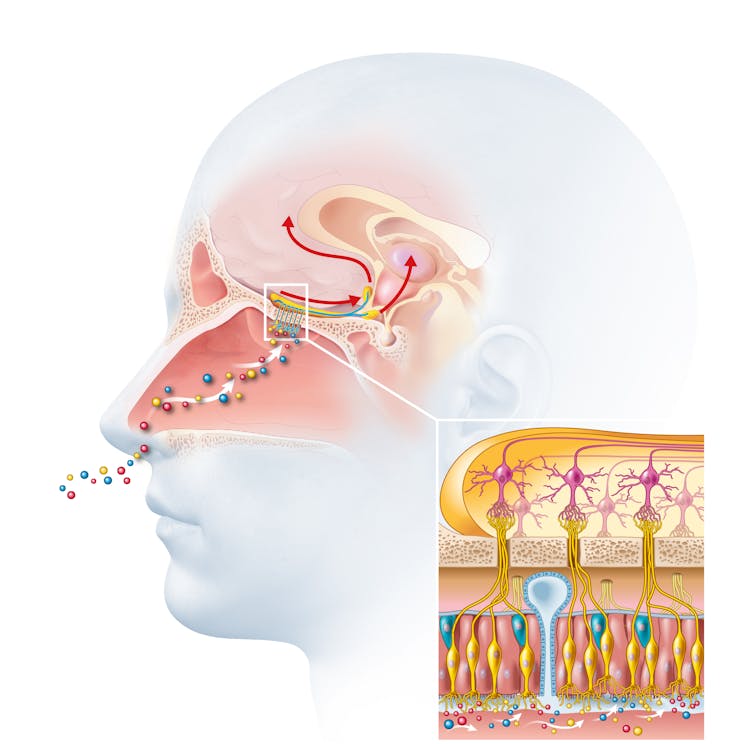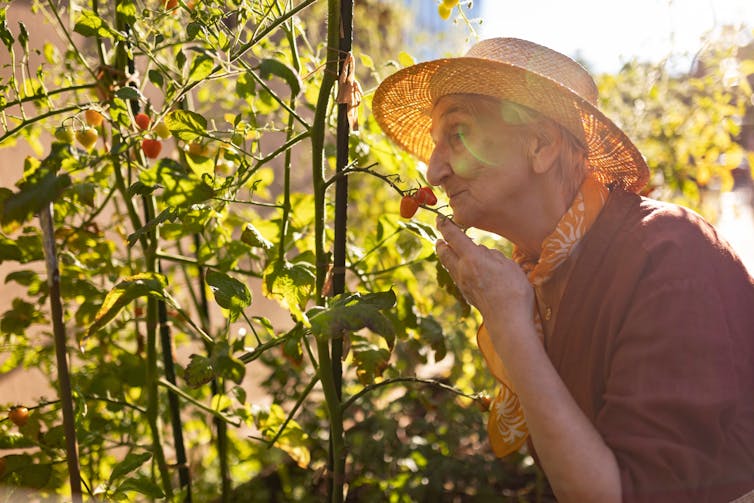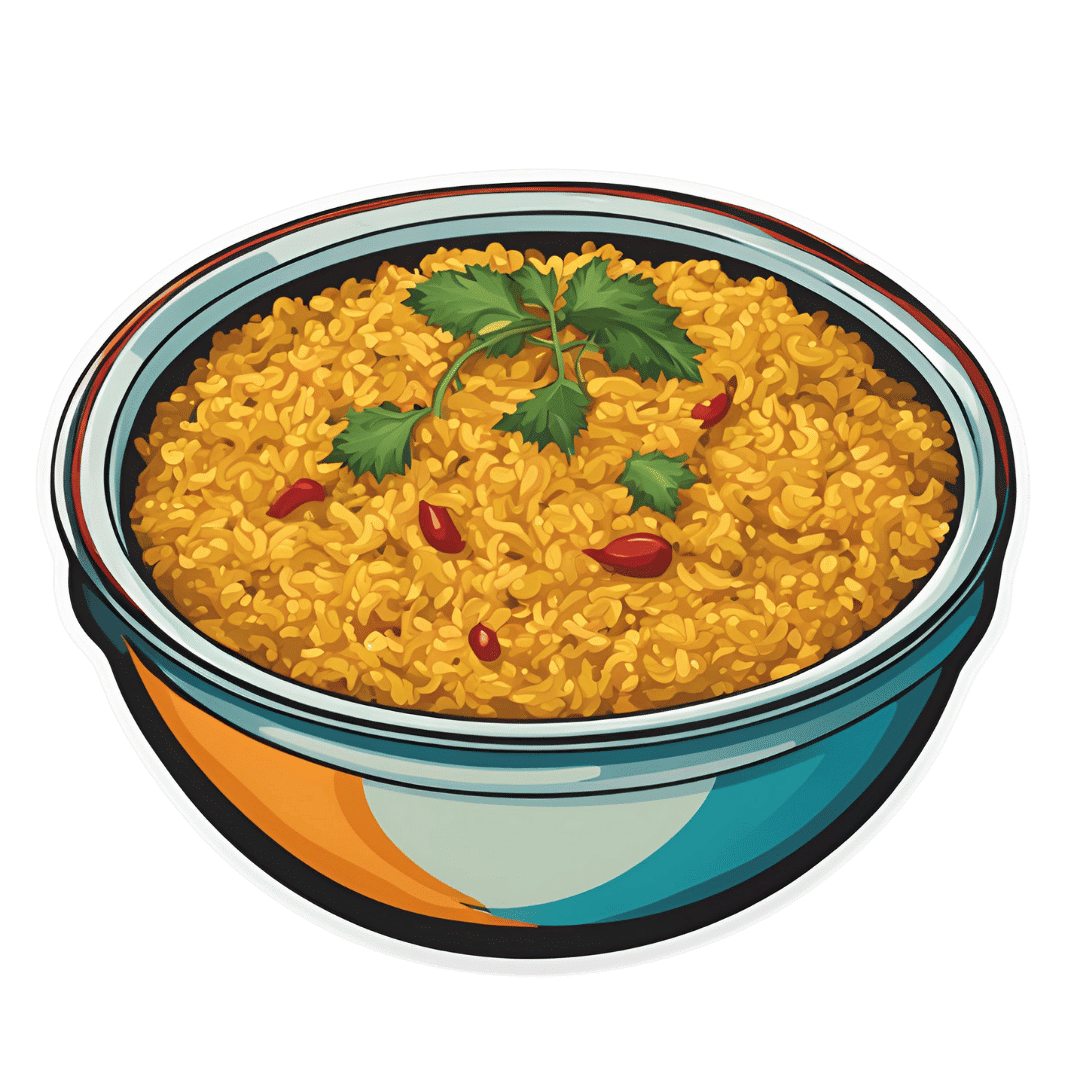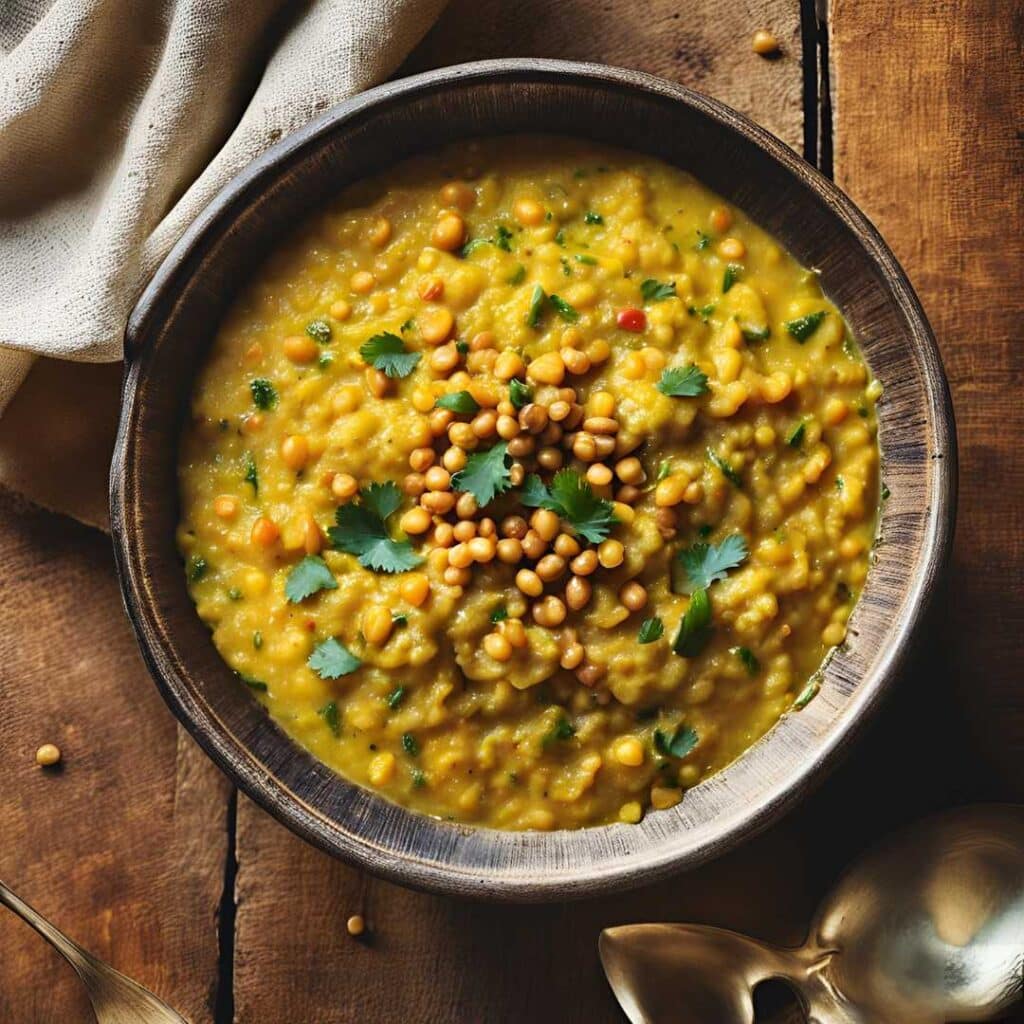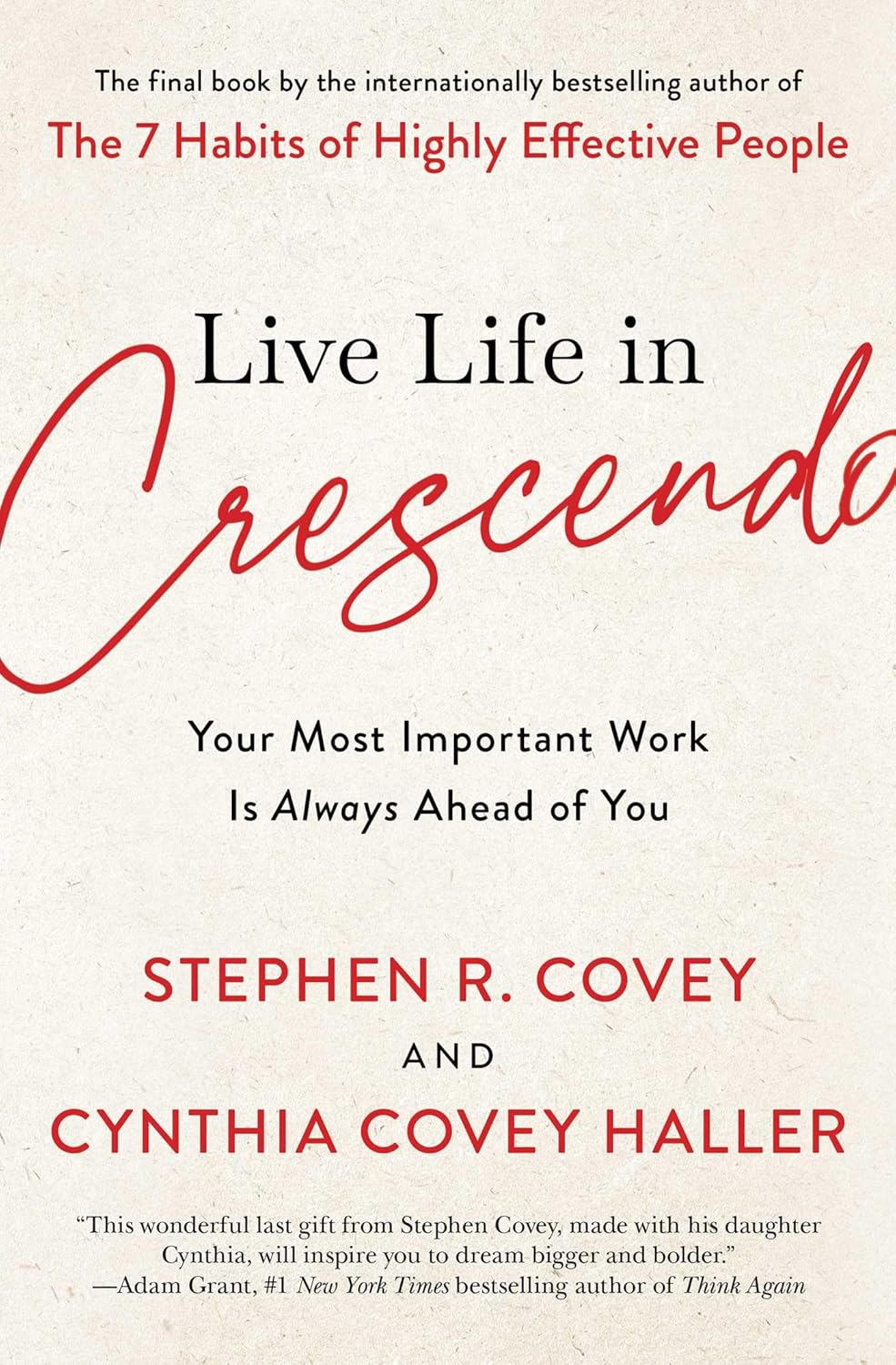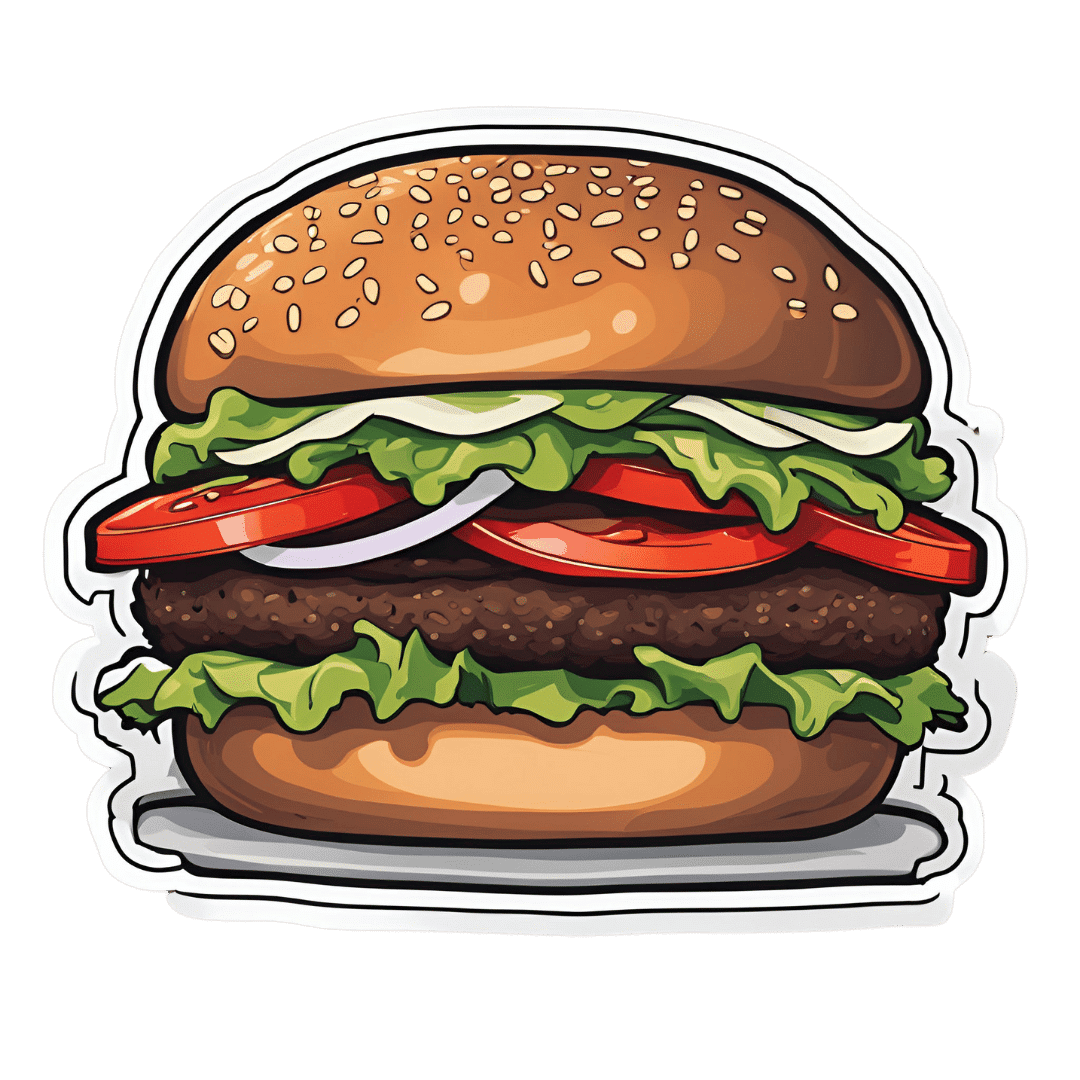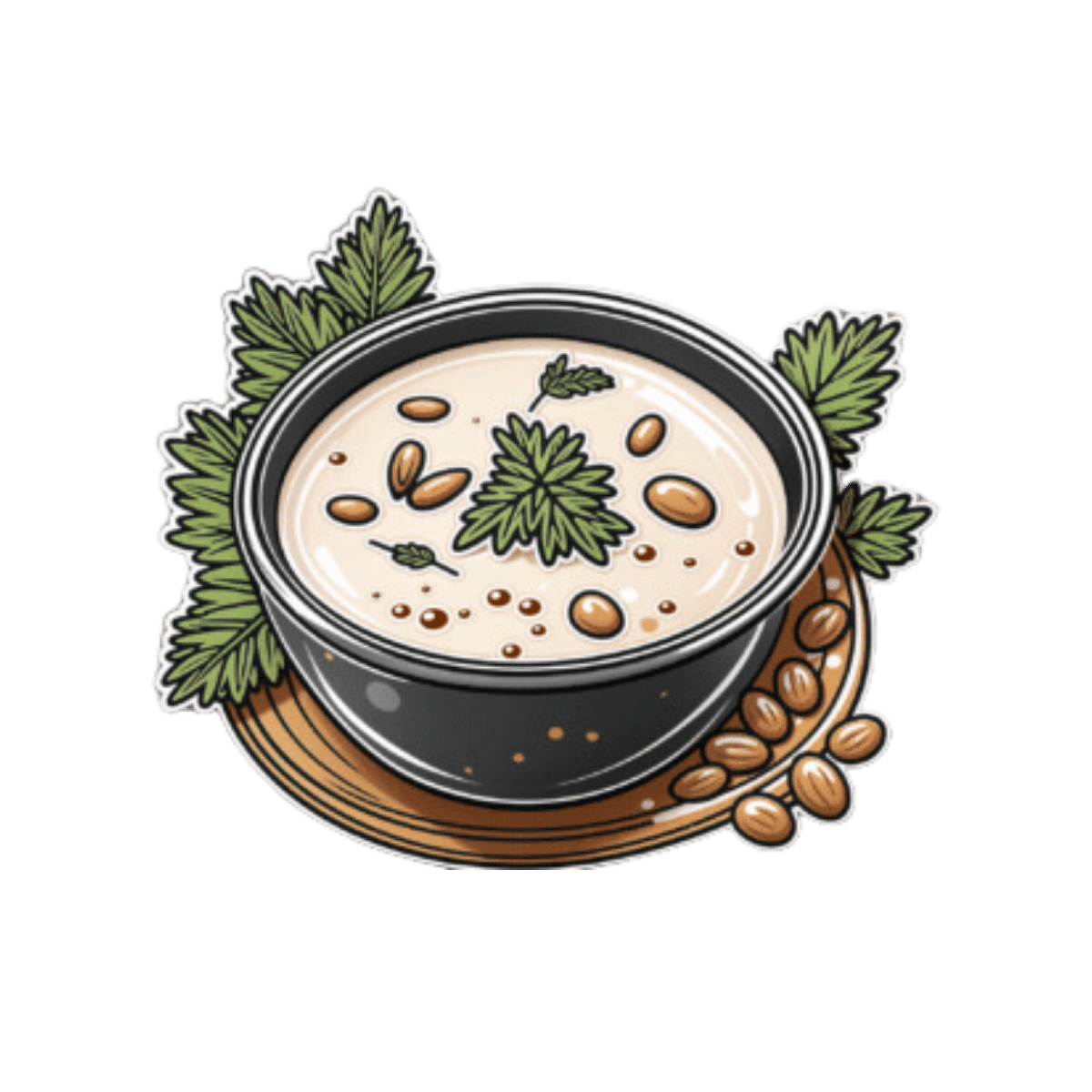
Wholesome Threesome Protein Soup
10almonds is reader-supported. We may, at no cost to you, receive a portion of sales if you purchase a product through a link in this article.
This soup has two protein– and fiber-rich pseudo-grains, one real wholegrain, and nutrient-dense cashews for yet even more protein, and all of the above are full of many great vitamins and minerals. All in all, a well-balanced and highly-nutritious light meal!
You will need
- ⅓ cup quinoa
- ⅓ cup green lentils
- ⅓ cup wholegrain rice
- 5 cups low-sodium vegetable stock (ideally you made this yourself from offcuts of vegetables, but failing that, low-sodium stock cubes can be bought in most large supermarkets)
- ¼ cup cashews
- 1 tbsp dried thyme
- 1 tbsp black pepper, coarse ground
- ½ tsp MSG or 1 tsp low-sodium salt
Optional topping:
- ⅓ cup pine nuts
- ⅓ cup finely chopped fresh mint leaves
- 2 tbsp coconut oil
Method
(we suggest you read everything at least once before doing anything)
1) Rinse the quinoa, lentils, and rice.
2) Boil 4 cups of the stock and add the grains and seasonings (MSG/salt, pepper, thyme); simmer for about 25 minutes.
3) Blend the cashews with the other cup of vegetable stock, until smooth. Add the cashew mixture to the soup, stirring it in, and allow to simmer for another 5 minutes.
4) Heat the coconut oil in a skillet and add the pine nuts, stirring until they are golden brown.
5) Serve the soup into bowls, adding the mint and pine nuts to each.
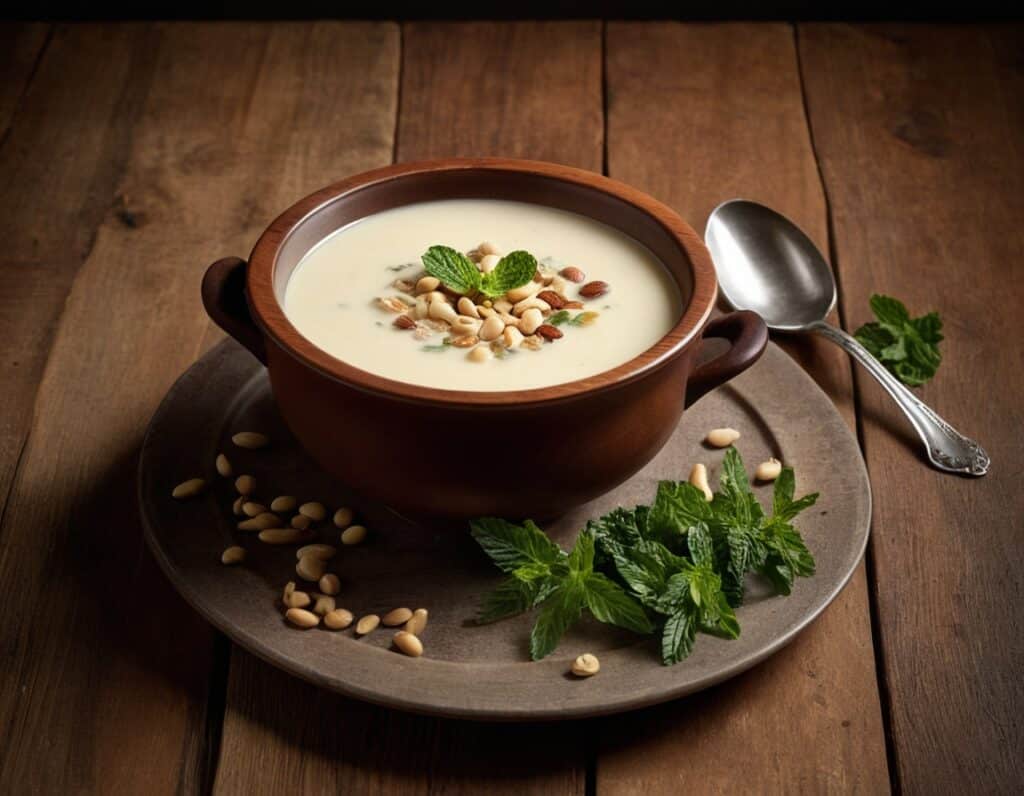
Enjoy!
Want to learn more?
For those interested in some of the science of what we have going on today:
- Give Us This Day Our Daily Dozen
- Black Pepper’s Impressive Anti-Cancer Arsenal (And More)
- Why You Should Diversify Your Nuts!
Take care!
Don’t Forget…
Did you arrive here from our newsletter? Don’t forget to return to the email to continue learning!
Recommended
Learn to Age Gracefully
Join the 98k+ American women taking control of their health & aging with our 100% free (and fun!) daily emails:
-
What you need to know about the new weight loss drug Zepbound
10almonds is reader-supported. We may, at no cost to you, receive a portion of sales if you purchase a product through a link in this article.
In a recent poll, KFF found that nearly half of U.S. adults were interested in taking a weight management drug like the increasingly popular Ozempic, Wegovy, and Mounjaro.
“I can understand why there would be widespread interest in these medications,” says Dr. Alyssa Lampe Dominguez, an endocrinologist and clinical assistant professor at the University of Southern California. “Obesity is a chronic disease that is very difficult to treat. And a lot of the medications that we previously used weren’t as effective.”
Now, there’s a new option available: In November 2023, the FDA approved Zepbound, another weight management medication, developed by the pharmaceutical company Eli Lilly. Zepbound is different from other drugs in many ways, including the fact that it’s proven to be the most effective option so far.
Keep reading to find out more about Zepbound, including who can take it, its side effects, and more.
What is Zepbound?
Zepbound, one of the brand names for tirzepatide, is an injectable drug with a maximum dosage of 15 mg per week. It’s based on incretin, a hormone that’s naturally released in the gut after a meal. (Mounjaro is another brand name for tirzepatide.)
Tirzepatide is considered a dual agonist because it activates the two primary incretin hormones: the glucagon-like peptide-1 (GLP-1) and gastric inhibitory peptide (GIP) hormones.
According to Dr. Katherine H. Saunders, an obesity medicine physician at Weill Cornell Medicine and co-founder of Intellihealth, tirzepatide is involved with several processes that regulate blood sugar, slow the removal of food from the stomach, and affect brain areas involved in appetite.
This means that people taking the medication feel less hungry and get fuller faster, leading to less food intake and, ultimately, weight loss.
How is Zepbound different from Ozempic?
The medications are different in many ways. Ozempic and Wegovy, which are both brand names for semaglutide, only target the GLP-1 hormone. Studies have shown that Zepbound can lead to a higher percentage of total body weight loss than semaglutide medications. In addition to being more effective, there is some evidence that Zepbound is overall more tolerable than Ozempic or Wegovy.
“I have seen overall lower rates in severity of side effects with the tirzepatide medications. Mounjaro [tirzepatide] in particular is the one that I’ve used up until this point, but there’s a thought that the GIP component of the medication actually decreases nausea,” adds Lampe Dominguez. “Anecdotally, patients that I have switched from semaglutide or Ozempic to Mounjaro say that they have less side effects with Mounjaro.”
How is Zepbound different from Mounjaro?
Zepbound and Mounjaro are the same medication—tirzepatide—but they’re approved for different conditions. Zepbound is FDA-approved for weight loss, while Mounjaro is approved for type 2 diabetes. (However, Mounjaro is also at times prescribed off-label for weight loss.)
What are some of Zepbound’s side effects?
According to the FDA, side effects include nausea, vomiting, diarrhea, constipation, stomach discomfort and pain, fatigue, and burping. See a more comprehensive list of side effects here.
Who can take Zepbound?
Zepbound is FDA-approved for adults with obesity (a BMI of 30 or greater) or who have a BMI of 27 or greater with at least one weight-related condition, like high blood pressure, type 2 diabetes, or high cholesterol.
“I tend to advise patients who don’t meet those criteria to not take these medications because we really don’t know what the risks are,” says Lampe Dominguez, adding that people with lower BMI weren’t included in the medication’s studies. “We don’t know if there are specific risks to using this medication at a lower body mass index [or] if there might be some negative outcomes.”
Both doctors agree that it’s important for people who are interested in starting any weight loss medication to talk to their doctors about the potential risks and benefits. For instance, the FDA notes that Zepbound has caused thyroid tumors in rats, and while it’s unknown if this could also happen to humans, the agency said the medication shouldn’t be used in patients with a personal or family history of medullary thyroid cancer.
“Zepbound is a powerful medication that can lead to severe side effects, vitamin deficiencies, a complete lack of appetite, or too much weight loss if prescribed without the appropriate personalization, education, and close monitoring,” says Saunders.
“With all of these medications, and particularly with Zepbound, we would want to make sure that [patients] don’t have a family history of a specific type of thyroid cancer called medullary thyroid cancer,” says Lampe Dominguez.
How long should people take Zepbound for?
“Anti-obesity medications like Zepbound are not meant for short-term weight loss, but long-term treatment of obesity, which is a chronic disease,” explains Saunders. “We prepare our patients to be on the medication (or some type of medical obesity treatment) long term for their chronic disease, which is only controlled for the duration of time they’re being treated.”
For more information, talk to your health care provider.
This article first appeared on Public Good News and is republished here under a Creative Commons license.
Share This Post
-
You can train your nose – and 4 other surprising facts about your sense of smell
10almonds is reader-supported. We may, at no cost to you, receive a portion of sales if you purchase a product through a link in this article.
Would you give up your sense of smell to keep your hair? What about your phone?
A 2022 US study compared smell to other senses (sight and hearing) and personally prized commodities (including money, a pet or hair) to see what people valued more.
The researchers found smell was viewed as much less important than sight and hearing, and valued less than many commodities. For example, half the women surveyed said they’d choose to keep their hair over sense of smell.
Smell often goes under the radar as one of the least valued senses. But it is one of the first sensory systems vertebrates developed and is linked to your mental health, memory and more.
Here are five fascinating facts about your olfactory system.
DimaBerlin/Shutterstock 1. Smell is linked to memory and emotion
Why can the waft of fresh baking trigger joyful childhood memories? And why might a certain perfume jolt you back to a painful breakup?
Smell is directly linked to both your memory and emotions. This connection was first established by American psychologist Donald Laird in 1935 (although French novelist Marcel Proust had already made it famous in his reverie about the scent of madeleines baking.)
Odours are first captured by special olfactory nerve cells inside your nose. These cells extend upwards from the roof of your nose towards the smell-processing centre of your brain, called the olfactory bulb.
Smells are first detected by nerve cells in the nose. Axel_Kock/Shutterstock From the olfactory bulb they form direct connection with the brain’s limbic system. This includes the amygdala, where emotions are generated, and the hippocampus, where memories are created.
Other senses – such as sight and hearing – aren’t directly connected to the lymbic system.
One 2004 study used functional magnetic resonance imaging to demonstrate odours trigger a much stronger emotional and memory response in the brain than a visual cue.
2. Your sense of smell constantly regenerates
You can lose your ability to smell due to injury or infection – for example during and after a COVID infection. This is known as olfactory dysfunction. In most cases it’s temporary, returning to normal within a few weeks.
This is because every few months your olfactory nerve cells die and are replaced by new cells.
We’re not entirely sure how this occurs, but it likely involves your nose’s stem cells, the olfactory bulb and other cells in the olfactory nerves.
Other areas of your nervous system – including your brain and spinal cord – cannot regenerate and repair after an injury.
Constant regeneration may be a protective mechanism, as the olfactory nerves are vulnerable to damage caused by the external environment, including toxins (such as cigarette smoke), chemicals and pathogens (such as the flu virus).
But following a COVID infection some people might continue to experience a loss of smell. Studies suggest the virus and a long-term immune response damages the cells that allow the olfactory system to regenerate.
3. Smell is linked to mental health
Around 5% of the global population suffer from anosmia – total loss of smell. An estimated 15-20% suffer partial loss, known as hyposmia.
Given smell loss is often a primary and long-term symptom of COVID, these numbers are likely to be higher since the pandemic.
Yet in Australia, the prevalence of olfactory dysfunction remains surprisingly understudied.
Losing your sense of smell is shown to impact your personal and social relationships. For example, it can mean you miss out on shared eating experiences, or cause changes in sexual desire and behaviour.
In older people, declining ability to smell is associated with a higher risk of depression and even death, although we still don’t know why.
Losing your sense of smell can have a major impact on mental health. Halfpoint/Shutterstock 4. Loss of smell can help identify neurodegenerative diseases
Partial or full loss of smell is often an early indicator for a range of neurodegenerative diseases, including Alzheimer’s and Parkinson’s diseases.
Patients frequently report losing their sense of smell years before any symptoms show in body or brain function. However many people are not aware they are losing their sense of smell.
There are ways you can determine if you have smell loss and to what extent. You may be able to visit a formal smell testing centre or do a self-test at home, which assesses your ability to identify household items like coffee, wine or soap.
5. You can train your nose back into smelling
“Smell training” is emerging as a promising experimental treatment option for olfactory dysfunction. For people experiencing smell loss after COVID, it’s been show to improve the ability to detect and differentiate odours.
Smell training (or “olfactory training”) was first tested in 2009 in a German psychology study. It involves sniffing robust odours — such as floral, citrus, aromatic or fruity scents — at least twice a day for 10—20 seconds at a time, usually over a 3—6 month period.
Participants are asked to focus on the memory of the smell while sniffing and recall information about the odour and its intensity. This is believed to help reorganise the nerve connections in the brain, although the exact mechanism behind it is unclear.
Some studies recommend using a single set of scents, while others recommend switching to a new set of odours after a certain amount of time. However both methods show significant improvement in smelling.
This training has also been shown to alleviate depressive symptoms and improve cognitive decline both in older adults and those suffering from dementia.
Just like physiotherapy after a physical injury, olfactory training is thought to act like rehabilitation for your sense of smell. It retrains the nerves in your nose and the connections it forms within the brain, allowing you to correctly detect, process and interpret odours.
Lynn Nazareth, Research Scientist in Olfactory Biology, CSIRO
This article is republished from The Conversation under a Creative Commons license. Read the original article.
Share This Post
-
Anti-Inflammatory Khichri & Tadka
10almonds is reader-supported. We may, at no cost to you, receive a portion of sales if you purchase a product through a link in this article.
This is halfway between a daal and a risotto; it’s delicious and it’s full of protein, fiber, heathy fats, and flavors. And those flavors? Mostly from health-giving phytochemicals of one kind of another.
You will need
For the khichri:
- 1 oz chana dal
- 1 oz red lentils
- 1 oz brown lentils
- 1 oz quinoa
- 4 oz wholegrain basmati rice
- 1 tbsp chia seeds
- 1 tsp ground turmeric
- ½ tsp MSG or 1 tsp low-sodium salt
For the tadka:
- 2 tbsp avocado oil (or other oil suitable for high temperatures—so, not olive oil on this occasion!)
- ¼ bulb garlic, thinly sliced
- 1 fresh red chili (adjust per heat preferences)
- 1 fresh green chili (adjust per heat preferences)
- 1 tsp cumin seeds
- 6 curry leaves
- 12 twists of freshly ground black pepper
To serve:
- Optional: flatbreads or poppadoms
- Optional: lemon wedges or lime wedges
- Optional: chopped cilantro or parsley
Method
(we suggest you read everything at least once before doing anything)
1) Simmer the khichri ingredients in 5 cups of water, stirring occasionally if necessary, until it has a risotto-like consistency; this will probably take about 30–40 minutes. This time can be greatly reduced by using a pressure cooker, but obviously you won’t be able to check or stir, so do that only if you know what you’re doing cooking those grains and pseudograins in there, and what settings/timings to use for your specific device.
2) Make the tadka when the khichri is nearly ready, by heating the 2 tbsp of avocado oil in a skillet until very hot but not smoking, Add the rest of the ingredients from the tadka section, and cook until the garlic is nice and golden.
3) Pour the tadka over the khichri to serve, with any of the optional accompaniments we mentioned.
Enjoy!
Want to learn more?
For those interested in some of the science of what we have going on today:
- Capsaicin For Weight Loss And Against Inflammation
- The Many Health Benefits Of Garlic
- Black Pepper’s Impressive Anti-Cancer Arsenal (And More)
- Why Curcumin (Turmeric) Is Worth Its Weight In Gold
- If You’re Not Taking Chia, You’re Missing Out
Take care!
Share This Post
Related Posts
-
Live Life in Crescendo – by Stephen Covey and Cynthia Covey-Haller
10almonds is reader-supported. We may, at no cost to you, receive a portion of sales if you purchase a product through a link in this article.
Stephen Covey is of course best known for his “7 Habits of Highly Effective People“, while the dozen books he wrote afterwards, not including this one, did not get the same acclaim.
Not including this one, because this one was published posthumously and, notwithstanding the order of the names on the cover, in all likelihood his daughter wrote most of.
And yet! The very spirit of this book is in defiance of 7 Habits being his “early career” magnum opus. We say “early career”, because he was 57 already when that was published, but it was one of his earlier books.
In this work the authors lay out the case for how “your most important work is always ahead of you“, and that it is perfectly possible to “live life in crescendo“, and keep on giving whatever it is that we want to give to the world.
We also learn, mostly through storytelling, of how people are infinitely more important than things, and that it is there that we should put our investments. And that while adversity may not make us stronger, it just means we may need to change our approach, to continue to be productive in whatever way is meaningful to us.
Bottom line: if ever you wonder how your future could live up to your past (in a good way), this is the book to get you thinking.
Click here to check out Live Life in Crescendo, and figure out what your next great work will be!
Don’t Forget…
Did you arrive here from our newsletter? Don’t forget to return to the email to continue learning!
Learn to Age Gracefully
Join the 98k+ American women taking control of their health & aging with our 100% free (and fun!) daily emails:
-
Krill Oil vs Fish Oil – Which is Healthier?
10almonds is reader-supported. We may, at no cost to you, receive a portion of sales if you purchase a product through a link in this article.
Our Verdict
When comparing krill oil to fish oil, we picked the krill oil.
Why?
Both of these products are good sources of omega-3 fatty acids EPA and DHA, and for the specific brand depicted above, in both cases 2 softgels will give you the recommended daily amount (which is generally held to be 250–500mg combined omega-3s per day).
This brand’s fish oil gives more (640mg combined omega-3s per 2 softgels, to the same brand’s krill oil’s 480mg per 2 softgels), but since the krill oil is already in the high end of RDA territory, the excess beyond the RDA is not helpful, and not a huge factor. More quantity is not always better, when the body can only process so much at a time.
However, the krill oil gives some extra things that the fish oil doesn’t:
- Astaxanthin, a “super-antioxidant”
- and neuroprotectant, heart-healthy phospholipids
Additional considerations
We have declared “the winner” based on health considerations only. That’s a sticking point for us in all our writings; we’ll occasionally look at and mention other factors, but we know that health is what you’re here for, so that’s what we’ll always treat as most critical.
However, in case these factors may interest you and/or influence you to one or the other:
• The fish oil is about 30% cheaper financially
• The krill oil is a lot more sustainable environmentallyBack to the health science…
Read more:
• What Omega-3 Fatty Acids Really Do For Us
• Astaxanthin: Super-Antioxidant & NeuroprotectantWant some? Here for your convenience are some example products on Amazon:
(brands available will vary per region, but now you know what to look out for on the labels!)
Don’t Forget…
Did you arrive here from our newsletter? Don’t forget to return to the email to continue learning!
Learn to Age Gracefully
Join the 98k+ American women taking control of their health & aging with our 100% free (and fun!) daily emails:
-
Teriyaki Chickpea Burgers
10almonds is reader-supported. We may, at no cost to you, receive a portion of sales if you purchase a product through a link in this article.
Burgers are often not considered the healthiest food, but they can be! Ok, so the teriyaki sauce component itself isn’t the healthiest, but the rest of this recipe is, and with all the fiber this contains, it’s a net positive healthwise, even before considering the protein, vitamins, minerals, and assorted phytonutrients.
You will need
- 2 cans chickpeas, drained and rinsed (or 2 cups of chickpeas, cooked drained and rinsed)
- ¼ cup chickpea flour (also called gram flour or garbanzo bean flour)
- ¼ cup teriyaki sauce
- 2 tbsp almond butter (if allergic, substitute with a seed butter if available, or else just omit; do not substitute with actual butter—it will not work)
- ½ bulb garlic, minced
- 1 large chili, minced (your choice what kind, color, or even whether or multiply it)
- 1 large shallot, minced
- 1″ piece of ginger, grated
- 2 tsp teriyaki sauce (we’re listing this separately from the ¼ cup above as that’ll be used differently)
- 1 tsp yeast extract (even if you don’t like it; trust us, it’ll work—this writer doesn’t like it either but uses it regularly in recipes like these)
- 1 tbsp black pepper
- 1 tsp fennel powder
- ½ tsp sweet cinnamon
- ½ tsp MSG or 1 tsp low-sodium salt
- Extra virgin olive oil for frying
For serving:
- Burger buns (you can use our Delicious Quinoa Avocado Bread recipe)
- Whatever else you want in there; we recommend mung bean sprouts, red onion, and a nice coleslaw
Method
(we suggest you read everything at least once before doing anything)
1) Preheat the oven to 400℉ / 200℃.
2) Roast the chickpeas spaced out on a baking tray (lined with baking paper) for about 15 minutes. Leave the oven on afterwards; we still need it.
3) While that’s happening, heat a little oil in a skillet to a medium heat and fry the shallot, chili, garlic, and ginger, for about 2–3 minutes. You want to release the flavors, but not destroy them.
4) Let them cool, and when the chickpeas are done, let them cool for a few minutes too, before putting them all into a food processor along with the rest of the ingredients from the main section, except the oil and the ¼ cup teriyaki sauce. Process them into a dough.
5) Form the dough into patties; you should have enough dough for 4–6 patties depending on how big you want them.
6) Brush them with the teriyaki sauce; turn them onto a baking tray (lined with baking paper) and brush the other side too. Be generous.
7) Bake them for about 15 minutes, turn them (taking the opportunity to add more teriyaki sauce if it seems to merit it) and bake for another 5–10 minutes.
8) Assemble; we recommend the order: bun, a little coleslaw, burger, red onion, more coleslaw, mung bean sprouts, bun, but follow your heart!
Enjoy!
Want to learn more?
For those interested in some of the science of what we have going on today:
- Three Daily Servings of Beans/Legumes?
- Hoisin Sauce vs Teriyaki Sauce – Which is Healthier?
- Sprout Your Seeds, Grains, Beans, Etc
- Our Top 5 Spices: How Much Is Enough For Benefits? ← we scored 4/5 today!
- Monosodium Glutamate: Sinless Flavor-Enhancer Or Terrible Health Risk?
Take care!
Don’t Forget…
Did you arrive here from our newsletter? Don’t forget to return to the email to continue learning!
Learn to Age Gracefully
Join the 98k+ American women taking control of their health & aging with our 100% free (and fun!) daily emails:






